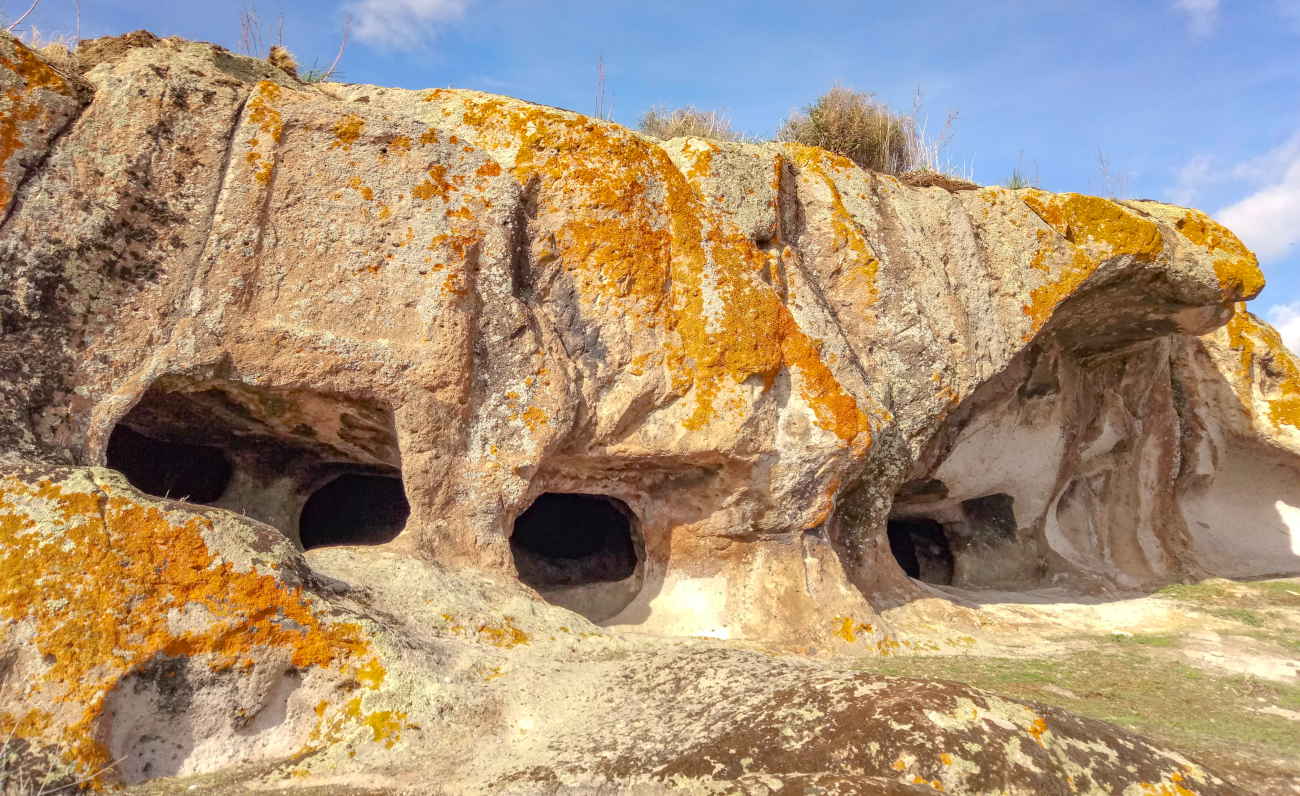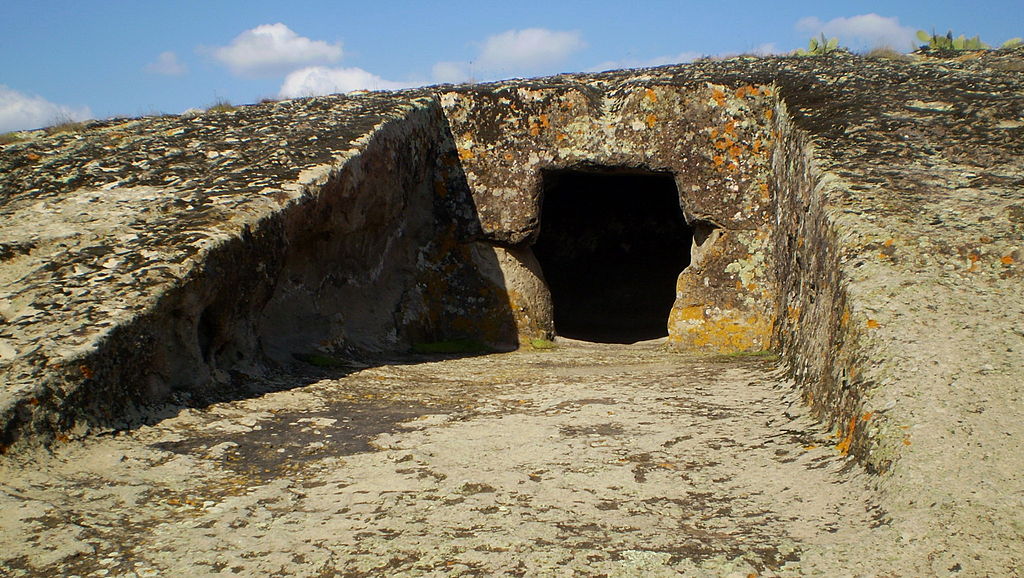


We return to the sign and this time we continue following the directions for Monte Ferru and we arrive at an unmarked junction (important note the two rocks in photo n. Leaving the Domus we turn back and we realize how the whole rocky area has the appearance of a quarry (photo n.13) even if I have not found documentation about it. The Domus is called Costa Sa Perdera: it is a beautiful place that I visited several times both in the morning and at sunset and I must say that with any light I am excited!ĭon’t you know what a Domus de Janas is? Despite the numerous legends related to their name, which means “Houses of the Fairies”, these are underground tombs dating back to the first half of the fourth millennium BC: think that these fascinating burials, in some cases similar to small caves, were precisely dug into the rock and since the metals were not yet part of the life of man, They were patiently carved with stone tools… just as they dug stone by stone! This is because prehistoric people believed in the cult of the Mother Goddess (also known as Mother Earth) and they believed that death was like a return to life in the womb and the rock represented this… so imagine what importance the Domus de Janas could have for a prehistoric man! It was a religion of the dead.For this route, I indicate several landmarks (photo 1), because the path is not difficult, but the discovery of the various hidden corners needs some more indication! First of all, you have to get to Capo Ferrato (about 8 km from the campsite), at the foot of Montet Ferru the ancient volcano that closes the northern part of Costa Rei (the mountain that from the Camping is seen on the left with the white repeater, to be clear). ‘In this way the tomb was visible from a distance, serving as a bridge between the dead and the living and becoming a shrine to the ancestors where rituals could be performed. In his studies, professor Giovanni Lilliu draws attention to the fact that these tombs were often carved into vertical walls and had openings that were clearly visible from the outside.

The more complex domus were used as places of worship. Some domus were as complex as those found in the necropolis of Sant’Andrea Priu in Bonorva, whereas other domus only had one chamber (like this one), depending on when they were built and what purpose they were used for. There are about 3500 domus in Sardinia: some have decorations carved into the inner walls, while others are simply painted. It consists of only one chamber carved into a big rock vaguely resembling a mushroom, with two symmetrical openings on the front wall that make the building look like an owl.ĭue to their small entrance openings, the domus de janas were believed to be inhabited by fairies or witches (the so-called janas – hence the name), who were either feared as dangerous beings or seen as friendly and peaceful, depending on the area.Īrchaeological evidence shows that these domus were underground tombs carved into rock that could significantly vary in size and complexity. This specific domus is called domus de janas de Tiandria and has been incorporated into the village itself, due to it being right below the main road. This is one of the four domus de janas found in the area surrounding the village.


 0 kommentar(er)
0 kommentar(er)
